How an Unlikely Heir Became a Cultural Icon
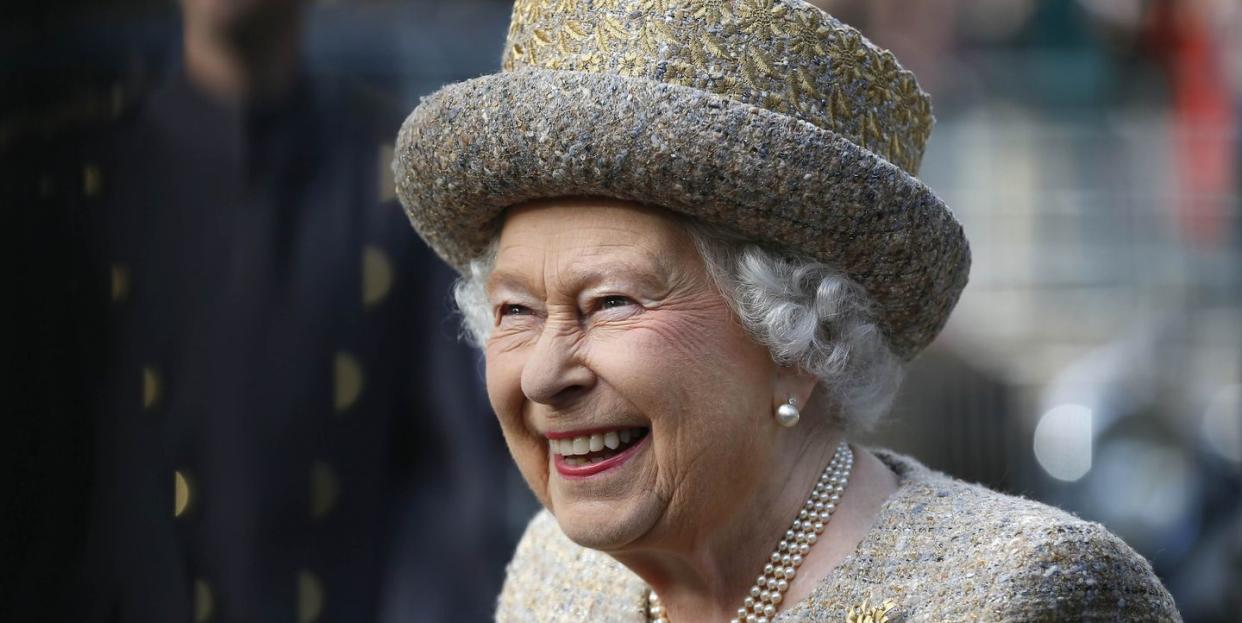
- Oops!Something went wrong.Please try again later.
- Oops!Something went wrong.Please try again later.
- Oops!Something went wrong.Please try again later.
It is the private moments of duty that reveal so much of Queen Elizabeth II. On Tuesday, just two days before her sudden death at 96, she bid her fourteenth British prime minister farewell and welcomed Liz Truss as her fifteenth at Balmoral Castle in Scotland. But it was her third meeting that was most important.
After fulfilling her most important constitutional duty to the British government, she bestowed a personal honor on a senior member of her staff who was leaving. Surprising the courtier with a medal for distinguished service, it was an entirely private affair but meant so much to him. Even at great personal cost to the monarch, who suffered with mobility issues this past year, her devotion to her staff was uppermost in her mind. Duty, after all, had been her strength all these years, alongside her husband of 73 years, Prince Philip.
Her death on Thursday marked the end of an era—70 years on the British throne. It is one of the many remarkable facets of her long tenure that, partly because she provided a constant in an ever-changing world, we think we know her. But in reality, we do not and did not. She was a cipher upon whom all opinions could be projected. And thus those things she stands for—honor, duty, steadfastness—are qualities to which we can all aspire, as we could never know what she really thought. Or what she really felt.
“Never complain, never explain” was her mantra, and it served her well.
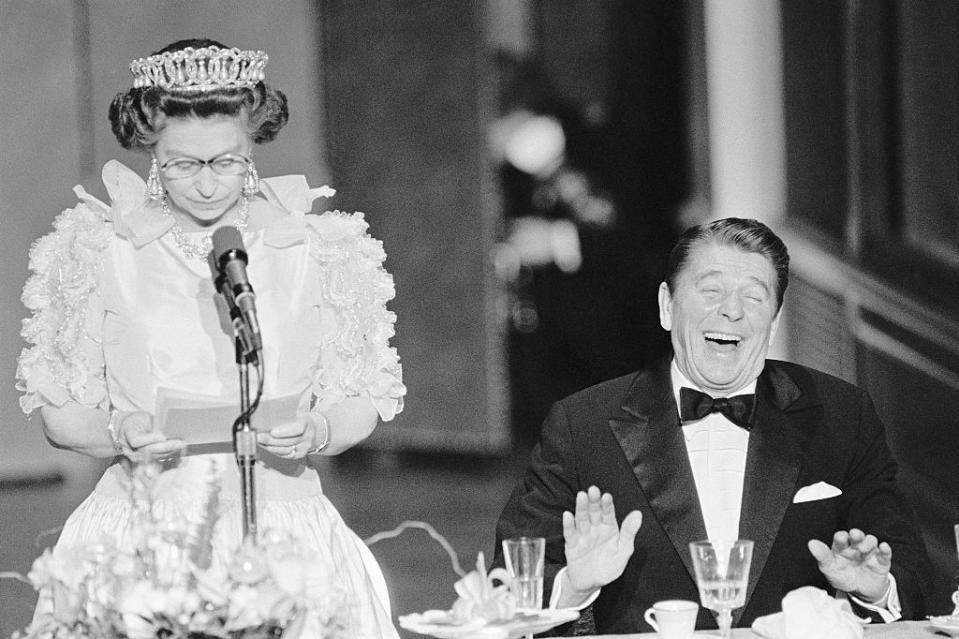
She brought the monarchy along from a post-World War II aristocracy into the social media age, all without ever betraying any obvious changes. Her sense of humor was legendary; she kept her chat with Paddington Bear at her Platinum Jubilee a secret even from her own family. And she loved nothing better than a joke at her own expense. Walking her dogs on the remote Scottish moors near Balmoral late one summer a couple of years back, she and her bodyguard politely said “good morning” to a group of American tourists. Addressing the little old lady in the battered green Barbour, muddy boots and floral headscarf, one asked if she’d ever met the queen, who they’d heard lived nearby. With a slight glint in her eye, she replied, “No, but he has,” gesturing toward the police officer, who was then besieged with questions while she was quietly ignored. The group then walked on, having no idea who they’d met.
Aged just 21, the then-Princess Elizabeth publicly dedicated her whole life to duty. That vow, in a radio broadcast from Cape Town, was her driving force through good times and bad. “I declare before you all,” she promised her subjects, “that my whole life, whether it be long or short, shall be devoted to your service.” That incredible service and sense of duty, which ran through her like the writing in a stick of rock, earned the love and respect of millions throughout the world.
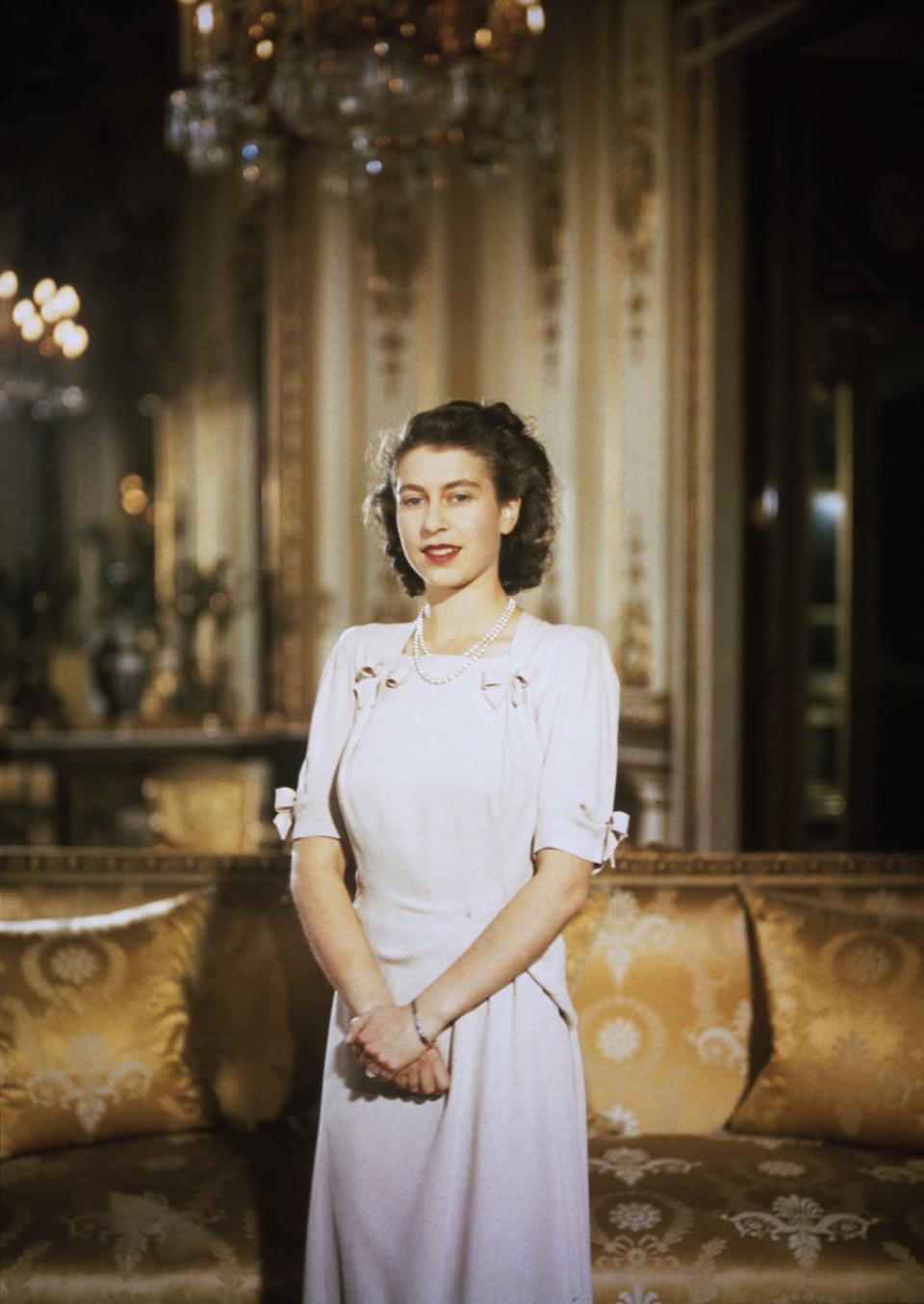
In the words of her twelfth Prime Minister David Cameron, Elizabeth was “a fantastic exemplar of what a constitutional monarch can be… probably the finest ever.” But such a self-important thought probably never crossed her mind, nor the prospect of a celebration upon becoming Britain’s longest-reigning monarch (a record previously held by Queen Victoria).
Elizabeth recognized the worth of traditional values in a changing world but refused to be bound by them. Even after the divorces of three of her children and the death of Diana, Princess of Wales—when the royal family faced its gravest crisis since the abdication of Edward VIII—the queen was steadfast amid the turbulence that sometimes threatened to swamp her.
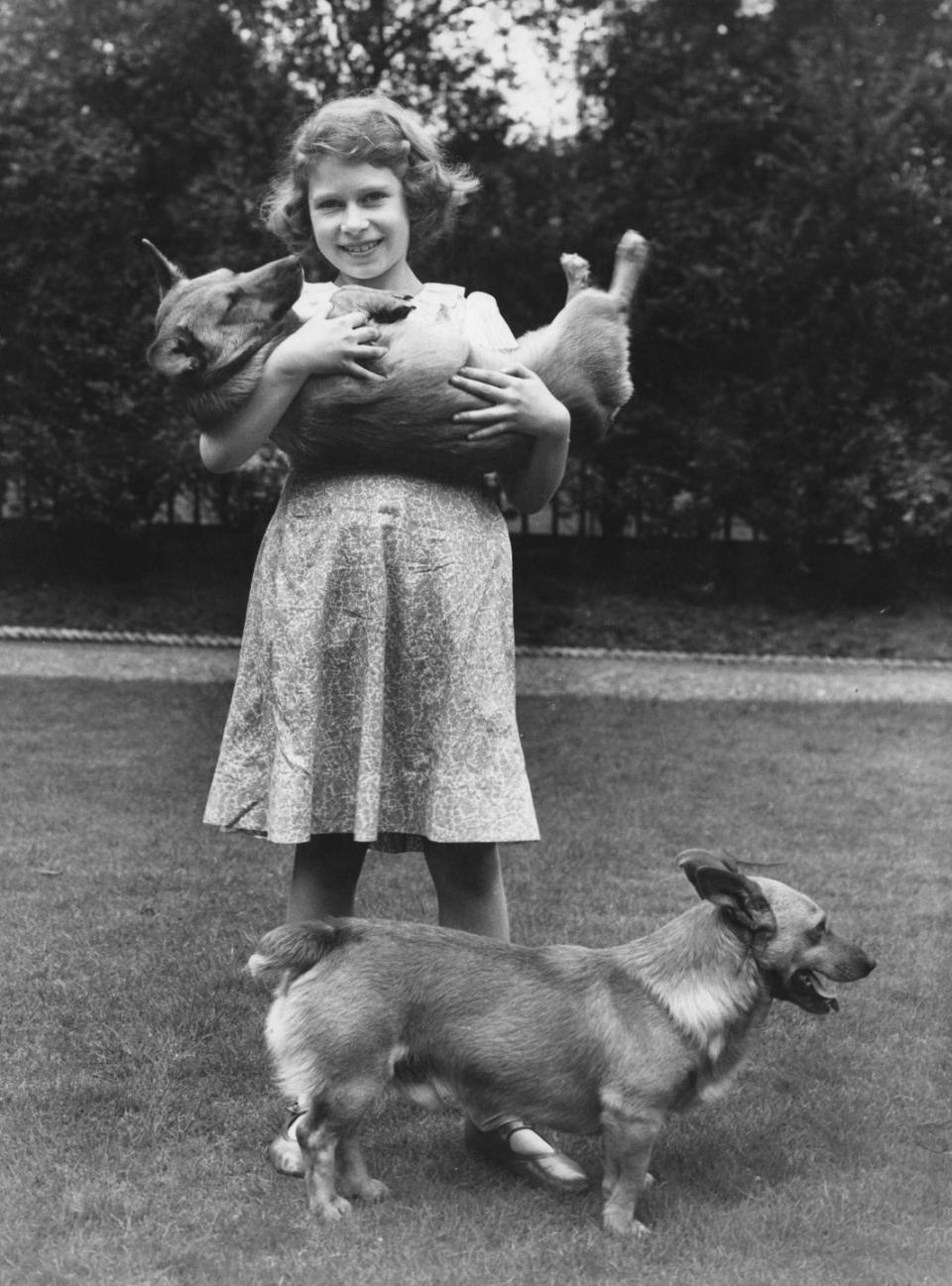
Elizabeth was never supposed to be queen. Raised in a sheltered loving family, she was just 10 years old when the abdication crisis rocked Britain, with her uncle Edward giving up the throne for Wallace Simpson and leaving her father to be crowned as George VI. With his untimely death after the devastation of World War II, she came as a rather shy 25-year-old to the throne of a nation that had lost its dominance in the world and of an empire that was crumbling fast. But despite being a lone woman in a man’s world, Elizabeth surprised many by emerging stronger than ever.
She recognized that her role was never about self; it was always about others. Whether as the head of the British armed forces, a focus of national pride through conflicts in the Falklands, Iraq, and Afghanistan, when British heroes laid down their lives in her name. Or when rallying the nation at times of despair: Her televised address at the start of the pandemic in 2020 thanked the National Health Service and essential workers, while promising better times ahead, echoing the words of the Vera Lynn wartime song “We will meet again.”
She channeled the very essence of Great Britain. In times of joy, grinning with delight as she handed the World Cup trophy to Bobby Moore after England’s stunning 1966 victory against West Germany. And in times of tragedy, when she fought back tears that same year on a visit to the Welsh mining village of Aberfan where 144 people—116 of them children—had been crushed under the collapsed colliery spoil tip.
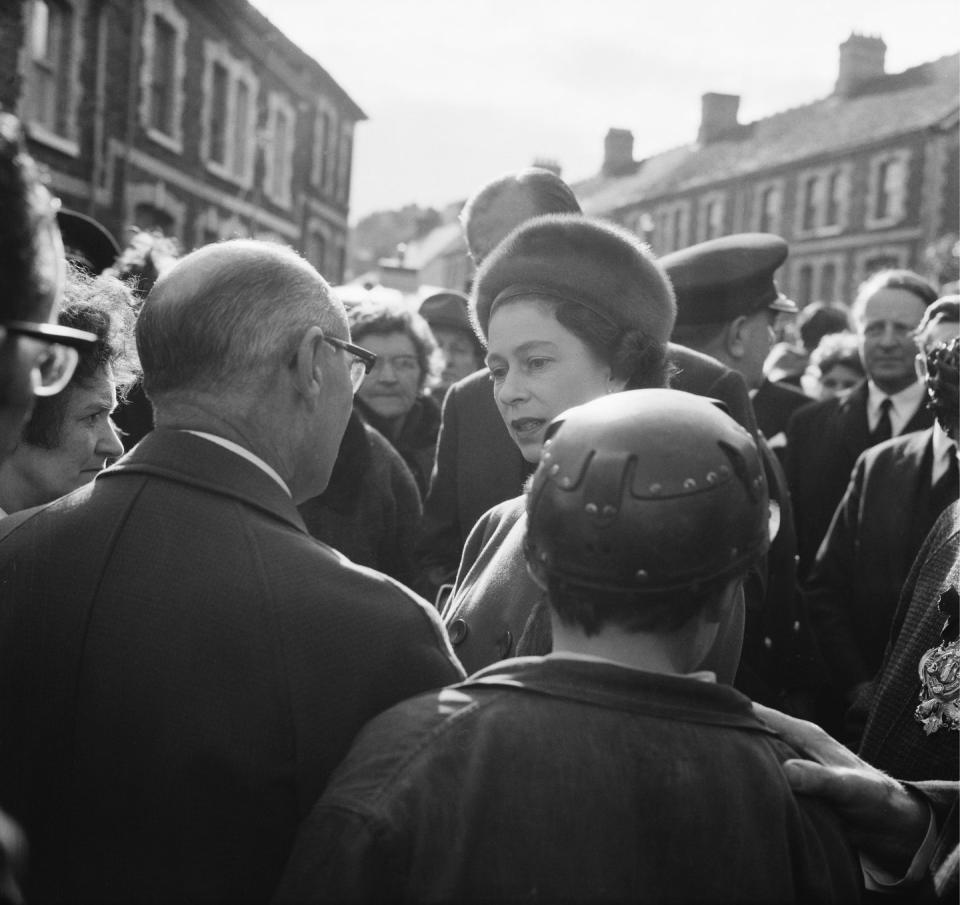
She also handled the massive social and political upheavals of the post-war world with skill and statesmanship. She steered the transition of the British Empire into a looser grouping of Commonwealth nations, bound together by ties of friendship and tradition. While many newly independent states chose to drop her as queen, she undertook the titular role of Head of the Commonwealth and attached great importance to the work. Like the 15 prime ministers who served her at home, dozens of Commonwealth heads of government drew on her unparalleled experience, gathered over decades of overseas trips.
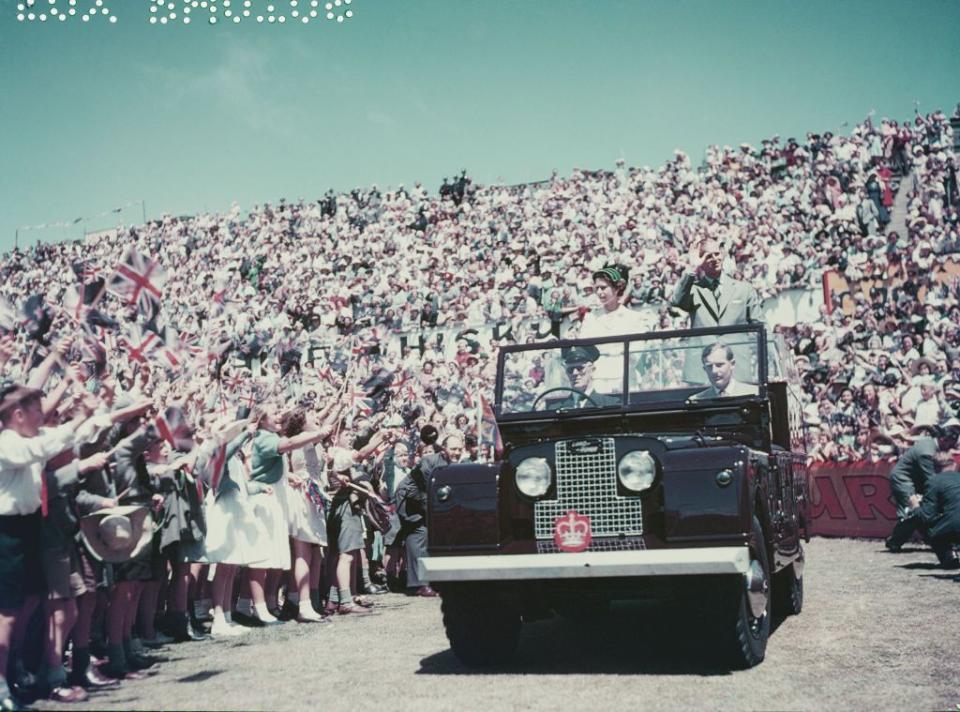
As communism collapsed, Russian Presidents Mikhail Gorbachev and Boris Yeltsin were desperate to win the approval of the British monarchy and urged the queen to undertake the first state visit since the murder of the tsar (her distant cousin) and his family in the 1917 Revolution. She and Philip visited in 1994, staying at the Kremlin, and did much to thaw relations. And she made a point about women’s rights when she took Saudi Arabian King Abdullah for a fast (and alarming) spin in her Land Rover during his stay at Balmoral in 1998, despite his kingdom’s ban on women driving.
While her resolute public persona helped her serve as the ultimate “soft diplomat” abroad, at home the UK struggled with different political governments, coalitions, and cracks in the British union of which she was so proud. On the eve of the Scottish Referendum in 2014, in an apparently off-the-cuff remark, she urged people to think “very carefully about the future.” It was widely understood as support for the “No” to Scottish Independence camp—and she was delighted when they won. After the divisive Brexit vote in 2016, when Britain narrowly voted to leave the European Union in January 2020, the Queen’s public messages (her 2019 Christmas address and even a speech to her local Sandringham Women’s Institute) called for calm and for respect for opposing points of view.
One of the most difficult—but arguably successful—points of her reign was her tour of Ireland in 2011, the first time a British monarch had visited for 100 years. That visit and her follow-up to Belfast in 2012, when she shook the hand of former IRA commander Martin McGuinness (the IRA had murdered Prince Philip’s uncle, Lord Mountbatten, in 1979) were seen as instrumental in cementing Anglo-Irish peace.
In Britain, she pioneered social change. It was the queen who introduced the idea of “walkabouts” to meet her people, pioneering the haphazard but hugely popular meetings with the crowds who came to cheer on the royals at official visits—and she refused to drop them despite security concerns. She also ended the presentation of debutantes “coming out” at Buckingham Palace in 1958 and ensured invitations to garden parties, receptions, and lunches were extended to as many Brits as possible, entertaining around 50,000 people a year.
With the encouragement of Prince Philip, she embraced television as a medium for communicating with her public. A significant watershed (and probably the seed for the idea of the royals as soap opera) came in the late 1960s with the filming of the TV documentary “Royal Family.” Smashing viewing records around the world, it gave the first intimate glimpse of the queen and her relatives at play as well as at work. But it also gave the public an appetite for more and more details about what had previously been long-protected royal private lives. Details of the War of the Wales, Fergie’s toe-sucking, Diana’s affairs and Charles’ relationship with Camilla Parker-Bowles were all picked over, much to the Queen’s dismay.
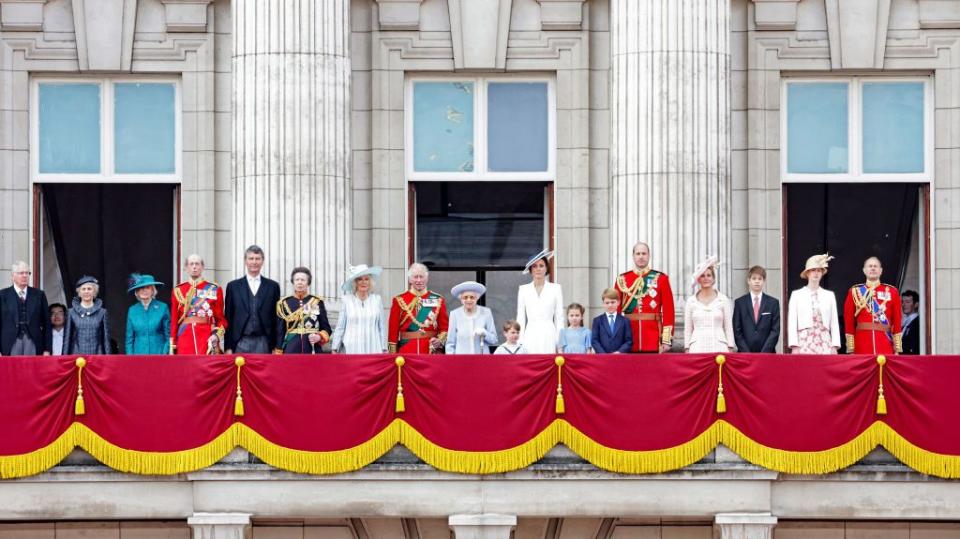
Indeed, it was often the Queen’s beloved family who caused her the most grief, at times plunging the monarchy into a damaging collapse in popularity.
When 1992 dawned amid plans for public celebrations of her 40th year on the throne, few could have foreseen the scale of the troubles that were about to engulf the queen and her family. Although it was increasingly clear that all was not well with the marriage of the Prince and Princess of Wales, or of the Duke and Duchess of York, there was little indication of how disastrously and publicly they would finally implode.
The year closed with the queen responding to public outrage that the recession-hit taxpayer was expected to foot the £40-million repair bill for the fire damage to Windsor Castle with the announcement that she would pay tax on her income and cut the size of the Civil List. Little wonder that in an astonishingly frank speech to the Corporation of London at Guildhall, she dubbed it her "Annus Horribilis" and effectively pleaded for a fairer hearing. Importantly, she acknowledged the monarchy was not above criticism but urged that it should come "with a touch of gentleness, good humor and understanding."
When the tax announcement failed to end public discontent over the position of the woman widely (if wrongly) perceived to be one of the richest in the world, further concessions followed. Buckingham Palace was thrown open to a paying public for the first time, with money raised being used for the restoration of Windsor Castle. The tide of public opinion began to turn, and thousands flocked for a look around the glittering state rooms of the queen's London home.
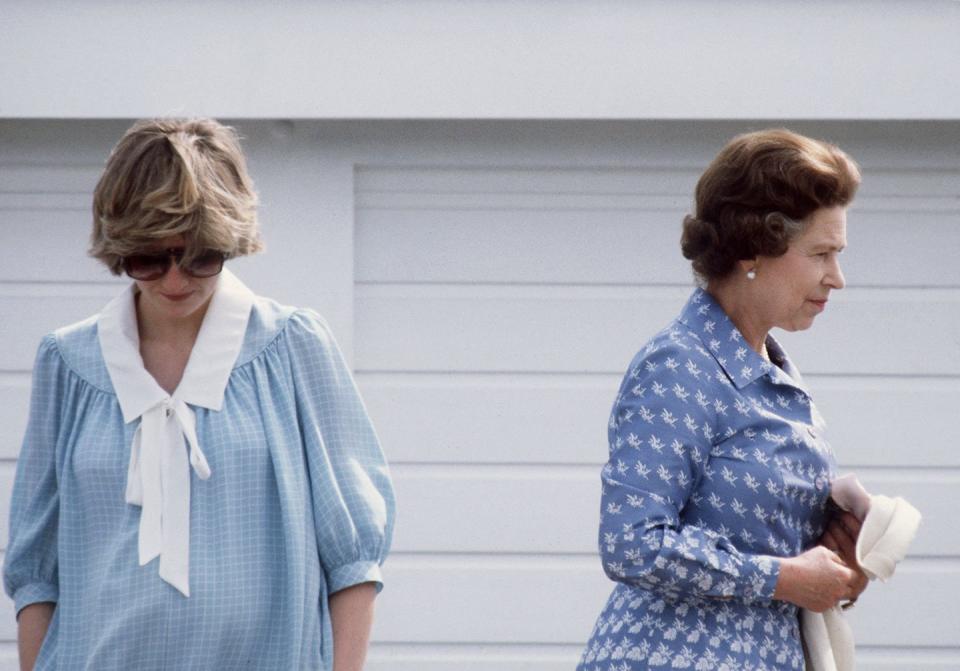
Problems descended on the royal family again in August 1997 with the tragic death of Diana, Princess of Wales. An unprecedented outpouring of public grief was accompanied by anger at the royals, who were accused of being remote and out of touch. Even the queen came in for criticism as the mass of mourners demanded to see the family grieve in public with them. The queen, at Balmoral in the Scottish Highlands supporting William and Harry, returned to London and spoke on television about the loss.
Royal popularity recovered when millions turned out to celebrate the Golden Jubilee in 2002, marking 50 years on the throne. It was a triumph amid the personal sorrow of the deaths that year of her sister, Princess Margaret, and the 101-year-old queen mother.
And at 2012’s Diamond Jubilee, with her whole family celebrating by her side, she reigned over giddy displays of public adoration. The queen could have been forgiven at that point for basking in what may have felt like the zenith of her reign. Kate and William were just married; and in anticipation of their children, the queen encouraged Parliament to change the Succession Act in 2013 so that gender was irrelevant to succession (previously sons had always trumped daughters). The births of Prince George, Princess Charlotte, and Prince Louis increased the crown’s popularity, as did the marriage of Prince Harry and Meghan Markle.
But in the winter of her life, the indefatigable monarch slowed down. Like the rest of the world, she was tested by the pandemic, enduring one of the most difficult periods of her record-breaking reign.
Clear-headed though she was about her duty, the queen “was quite blinded by her children, particularly Andrew,” says a friend. Her second son, Prince Andrew, 62, remains mired in controversy after exiting public life amid accusations stemming from his friendship with convicted sex offender Jeffrey Epstein. His legal troubles were resolved when he settled a sexual assault suit with the queen’s private money, but her public shows of support ignited internecine tensions within the family.
The royal family, meanwhile, continues to feel the fallout from the departure of the Duke and Duchess of Sussex. Harry and Meghan rejected royal life in favor of a more independent path in California, causing heartache for the queen with accusations of racism, neglect, and family schism.
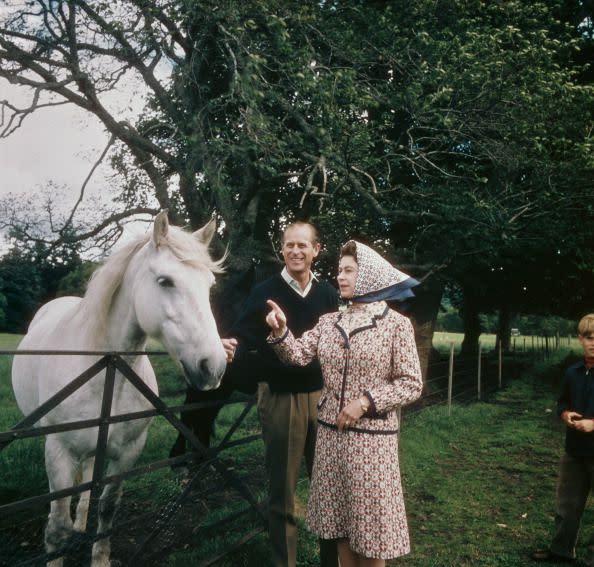
And most profoundly, last April she suffered the loss of her beloved husband of 73 years, Prince Philip, just short of his 100th birthday. There is no question that Philip’s death was one of the most difficult challenges of her long life, putting her private pain at the center of the world’s attention. The couple had enjoyed a golden twilight together in the months before he died at Windsor Castle, and sources have said she considered it fortunate that their family was able to say their goodbyes in person.
Balmoral proved a refuge: It held memories of their 1947 honeymoon and many happy family memories since, underscored by private pictures released to mark the duke’s death. In some ways it is fitting that she passed in what her granddaughter Princess Eugenie called her “most happy” place.
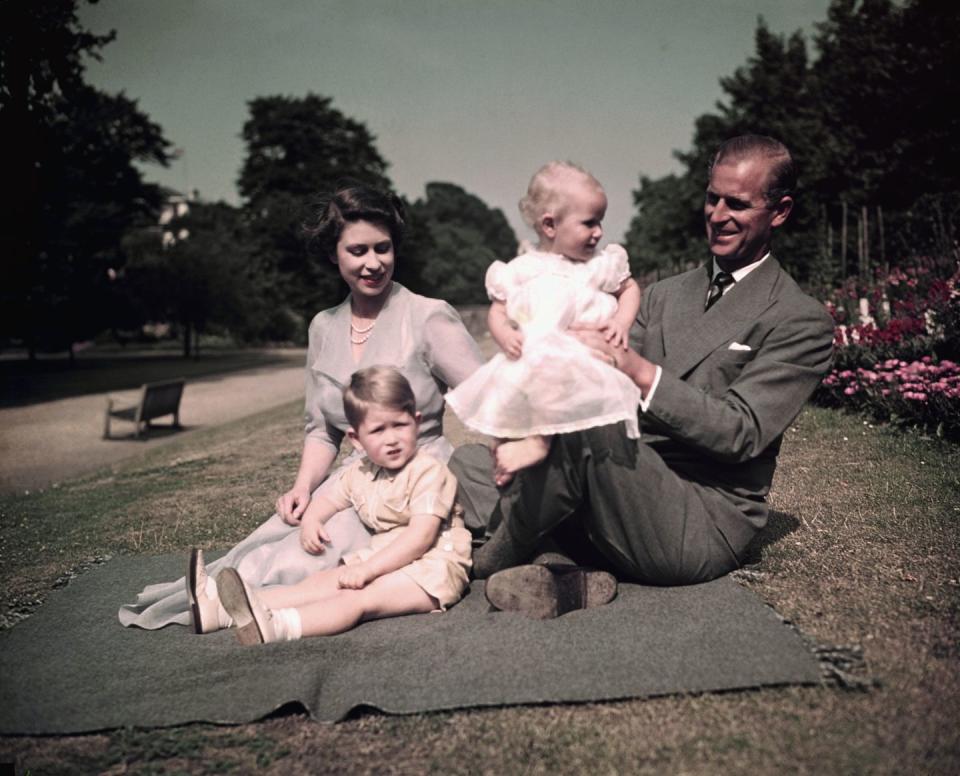
It is the end of the Second Elizabethan age, a moment when Britain is in a difficult place. Riven by political division, ideological discord, and battered by a cost-of-living crisis, the new King Charles III has his work cut out. He has waited 69 years as the heir to the throne; now at 73, he is monarch with Camilla as queen consort at his side. His will be a short reign, but he knows that stabilizing the country and serving as its bulwark must be his priority.
On Friday he pays tribute to his mother’s long and glorious rule. Then, there is work to do.
You Might Also Like

